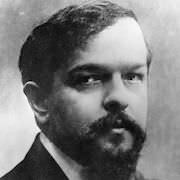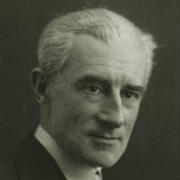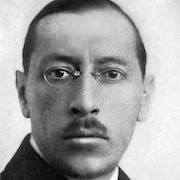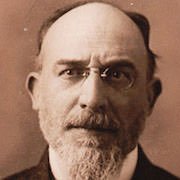Éric Alfred Leslie Satie (UK: /ˈsæti, ˈsɑːti/, US: /sæˈtiː, sɑːˈtiː/; French: [eʁik sati]; 17 May 1866 – 1 July 1925), who signed his name Erik Satie after 1884, was a French composer and pianist. Satie was an influential artist in the late 19th- and early 20th-century Parisian avant-garde. His work was a precursor to later artistic movements such as minimalism, repetitive music, and the Theatre of the Absurd, while his 1917 coinage "furniture music" would presage the development of background and ambient music.
An eccentric, Satie was introduced as a "gymnopedist" in 1887, shortly before writing his most famous works, the piano compositions Gymnopédies. Later, he also referred to himself as a "phonometrician" (meaning "someone who measures sounds"), preferring this designation to that of "musician", after having been called "a clumsy but subtle technician" in a book on contemporary French composers published in 1911.
In addition to his body of music, Satie left a set of writings, having contributed work for a range of publications from the dadaist 391 to the American culture chronicle Vanity Fair. Although in later life he prided himself on publishing his work under his own name, in the late 19th century he appears to have used pseudonyms such as Virginie Lebeau and François de Paule in some of his published writings.




















